Basic anatomy of the muscle
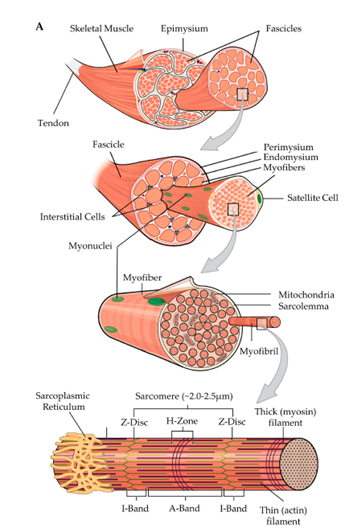
When fascicles grow in length, it is because of an increase in the amount of sarcomeres in series – a process called “sarcomerogenesis” [2]. This change in muscle fiber length, is not enough to make the muscle visibly longer – it wont you you “long, slender muscles” – but functionally, it can have a huge impact.
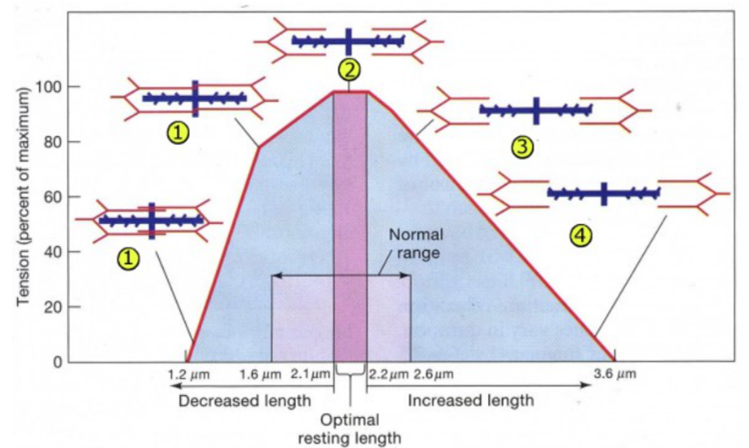
This applies to the whole muscle as well – we’re strongest, in ranges where the working muscles aren’t shortened or stretched excessively.
From a practical point of view, a muscle’s average sarcomere operating length range is believed to favor force production for a required task.
Taken together, it is hypothesized that if a muscle is forced to operate in an overstretched position, the number of sarcomeres in series increases to maintain optimal operating range and/or to reduce the passive tension caused by stretch
(More or less direct citation form Hinks et el. 2022 – because their explanation was spot on).
In other words, the main driver for an increase in fascicle length, seems to be adapting to the need to produce force at long muscle lengths or to reduce passive stretch-induced tension.
It is believed that if a muscle is forced to operate in an overly stretched position, the number of sarcomeres in series increases either to maintain optimal operating range or to reduce the passive tension caused by the stretch [2].
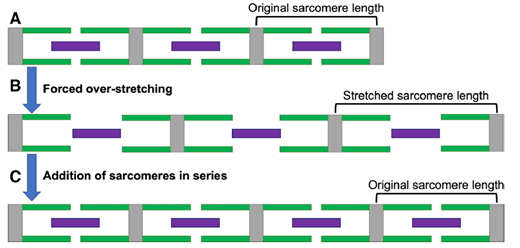
What are the benefits of longer fascicles?
There is strong evidence, that shows an increase in fascicle length shifts the optimal operating range towards longer muscle lengths – but it is also possible that the optimal operating range can increase, meaning that the range where we can produce the maximum amount of force, would increase [2].
A practical example of how this can be useful for flexibility – if the adductors shift their optimal operating range towards longer muscle lengths, you’d get stronger in the middle split position, where the adductors are lengthened.
Very useful for the splits in general and particularly for advanced variations like the suspended splits.
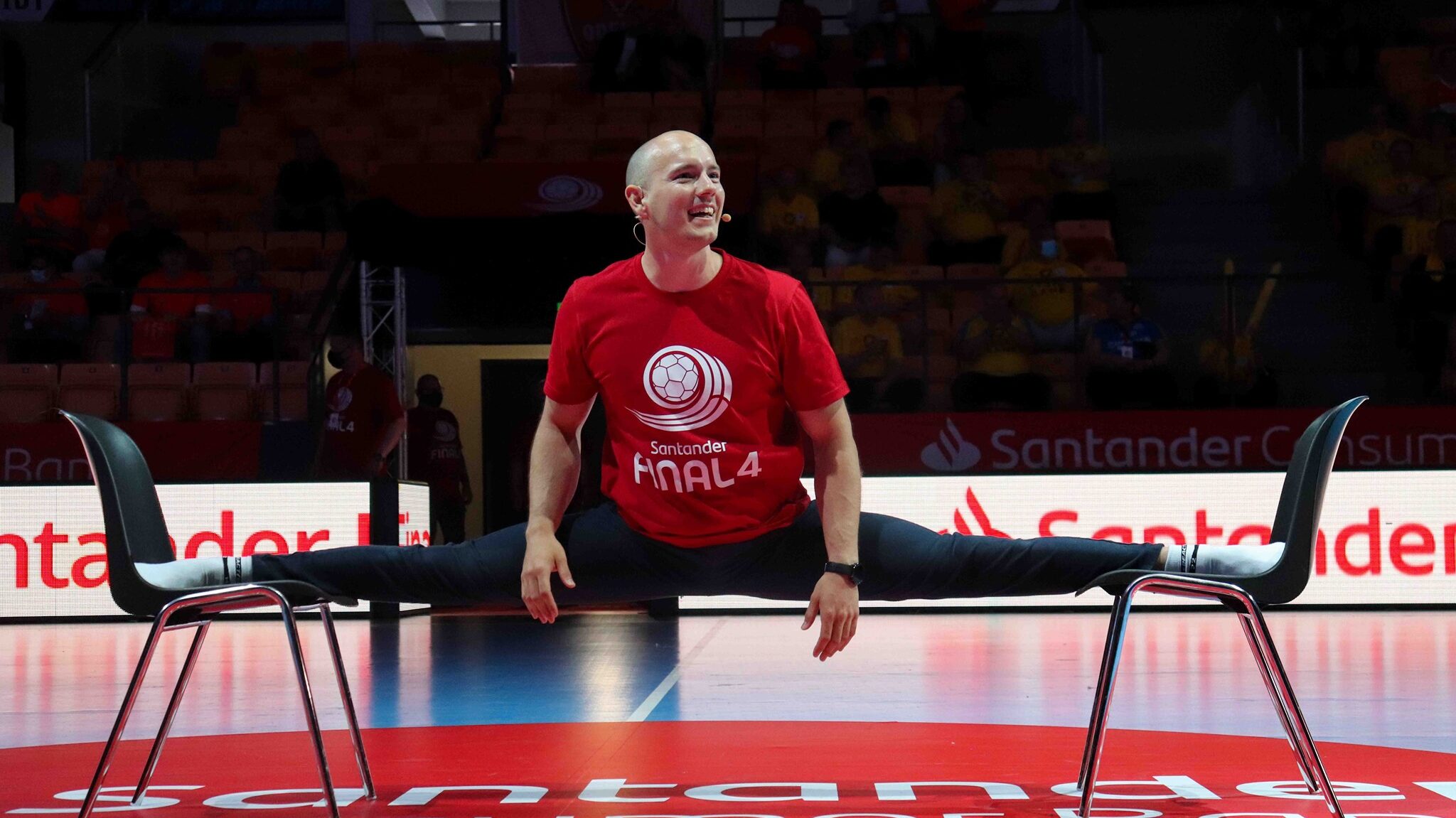
Apart from a shift in the length-tension curve, there are other possible benefits of increased fascicle length cause by sarcomeregeneis:
- Reduced risc of hamstring strains [3, 4].
- Faster sprint times – Cross sectional studies have observed positive correlations between sprint times and longer FL in both male and female elite sprinters [5-7] and front crawl sprint times in swimmers [8].
An increased number of sarcomeres in series, would at least in theory, lead to faster contractions of the musculature in general [9, 10]
In regards to flexibility, longer fascicles would increase the muscles extensibility and reduce muscle stiffness, thereby increasing ROM. Long term static stretching can decrease muscle stiffness [11], which could in part be explained by changes in fascicle length.
Increased ROM as a result of increased fascial length, is supported by cross sectional studies that have found that athletes with high flexibility have longer fascicles than volleyball players [12] or non-stretching control group [13], as well as a study by Hirata et al., which found a positive correlation between ROM and fascicle length [14].
No long duration interventional studies have yet found a direct correlation though.
The effects of stretching on fascicle length
One of the reasons why it’s been postulated, that the effects of stretching was merely neural, is because that’s what a lot of earlier studies found – not all though.
Of of the most notable studies pointing in this direction, was a meta-analysis from 2017 found that stretching for 6-8 weeks had no effect on muscle architecture, including fascicle length [16] – it is worth noting, that the authors themselves argued that there were some significant limitations, such as the length of the included studies and the differences in the stretching intensities used.
Since then, a bunch of interesting studies have been made – and recently a new meta-analysis was published, which showed that static stretching can indeed increase fascicle length [15]. We’re gonna dive into this one, as there were some very interesting findings.
They included 19 studies, which was divided into the high/low intensity stretching and high/low volume.
Low-intensity studies included those which described stretch intensity as “no pain perception”, “stretching preceding pain threshold”, “pain between 6 and 7 on an analog scale ranging from 1 to 10”, and “without suffering discomfort”.
High-intensity studies included those which described pain perception as “highest or maximum tolerable”, “point of discomfort”, and “maximum tolerable after the onset of pain”.
The sub-group analysis showed, that only studies using high intensity stretching, induced increased in fascicle length.
Moreover, they found that high stretching volume, was positively associated with increases in fascicle length.
The included studies were divided into either high or low volume depending on the total amount of time under stretch for the muscle studies – high volume was defined as >5400s and low volume as <5400s.
The reason for the higher time under stretch in the high-volume group, was that the stretched were held for longer (104±92 vs. 42±15 s) and the interventions lasted longer (10.6±6.2 vs. 5.1±1.6 weeks, respectively, p = 0.028).
In practice, holding the stretches for longer time (60-300s) migh be beneficial for inducing increases in fascicle length, stretching atleast to the point of discomfort.
It seems that changes in fascicle length take 6+ weeks to occur.
Adding load
Taking advantage of external force might be another effective strategy for increasing stretching intensity and increasing fascicle length.
In a review by Nunes et al. (2020), it was argued that stretching with high strain and/or stress seems to be needed in order for training to increase fascicle length and that [20] – Stress refers to the force applied to a material per unit area, while muscle strain is the change from the muscles original length, that results from the applied force.
Adding an external force to a strech, would be an effective way to increase the stress and possibly the strain experienced by the streched muscle – and there are a few studies that have utilized external force and found it to effectively increase fascicle length.
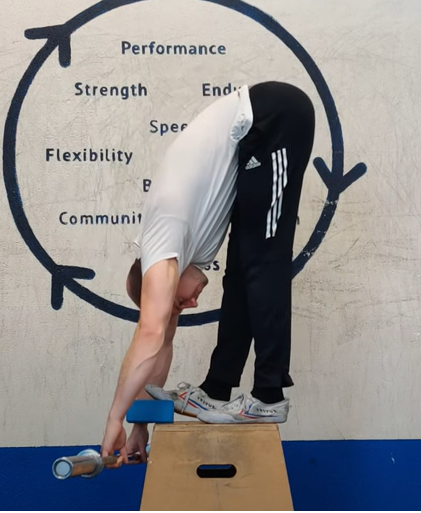
Example of a hamstring strech with added external load
Below is a short presentation of two of the main studies, that found an increase in fascicle length after adding some kind of external load – also two of the earlies studies, that found an increase in fascicle length after any kind of streching.
In a study by Simpson et al. (2017) 11 male test subjects performed 6 weeks of stretching for the plantar flexors 5 times a week consisting of 3 minutes of continuous stretching performed with an external load of 20% of the plantar flexors MVC, which was increased weekly by 5%.
Post-intervention, ROM and FL in the muscle-tendon junction (25% p <.001) were significantly increased.
The stretching was performed in a leg press machine, where the feet where placed so, the heels were unsupported – thus allowing the weight on the machine to stretch the calves. Rather easy to replicate.
In a study by Freitas et al. 2015a, 5 male test subjects performed 8 weeks of stretching 3 times weekly, at a ROM equal to the maximum tolerable torque before the pain threshold for 450s; if possible, the ROM used was further increased every 90 seconds.
Knee extension ROM (11.2 ± 9.5%, p = 0.04) and and biceps femoris FL (13.6%, p = 0.04) were significantly increased post-intervention.
Practical Takeaways
Static streching can increase fascicle length, if performed with enough intensity (atleast to point of discomfor) and with enough stretching volume (30-300s pr. strech, aiming for 240s+ on a weekly basis).
Increases in fascicle length might take 6+ weeks on average – working on your flexibility is a long term game.
Adding external load or adding contractions can also be beneficial for increasing in fascicle length and maximizing your range gains long term.
It should be noted, that these recommendations are aimed towards static passive stretching – utilizing active contraction of the streched musculature, is another very effective method of increasing ROM and fascicle length, but the same recommended reps/sets and streching durations won’t apply – more on that in a different post
Referencer:
1. Jorgenson, K.W., S.M. Phillips, and T.A. Hornberger, Identifying the Structural Adaptations that Drive the Mechanical Load-Induced Growth of Skeletal Muscle: A Scoping Review. Cells, 2020. 9(7).
2. Hinks, A., M.V. Franchi, and G.A. Power, The influence of longitudinal muscle fascicle growth on mechanical function. J Appl Physiol (1985), 2022. 133(1): p. 87-103.
3. Brockett, C.L., D.L. Morgan, and U. Proske, Human hamstring muscles adapt to eccentric exercise by changing optimum length. Med Sci Sports Exerc, 2001. 33(5): p. 783-90.
4. Timmins, R.G., et al., Short biceps femoris fascicles and eccentric knee flexor weakness increase the risk of hamstring injury in elite football (soccer): a prospective cohort study. Br J Sports Med, 2016. 50(24): p. 1524-1535.
5. Abe, T., et al., Relationship between sprint performance and muscle fascicle length in female sprinters. J Physiol Anthropol Appl Human Sci, 2001. 20(2): p. 141-7.
6. Kumagai, K., et al., Sprint performance is related to muscle fascicle length in male 100-m sprinters. J Appl Physiol (1985), 2000. 88(3): p. 811-6.
7. Abe, T., K. Kumagai, and W.F. Brechue, Fascicle length of leg muscles is greater in sprinters than distance runners. Med Sci Sports Exerc, 2000. 32(6): p. 1125-9.
8. Nasirzade, A., et al., Relationship between sprint performance of front crawl swimming and muscle fascicle length in young swimmers. J Sports Sci Med, 2014. 13(3): p. 550-6.
9. Wickiewicz, T.L., et al., Muscle architecture of the human lower limb. Clin Orthop Relat Res, 1983(179): p. 275-83.
10. Bodine, S.C., et al., Architectural, histochemical, and contractile characteristics of a unique biarticular muscle: the cat semitendinosus. J Neurophysiol, 1982. 48(1): p. 192-201.
11. Takeuchi, K., et al., Long-term static stretching can decrease muscle stiffness: A systematic review and meta-analysis. Scand J Med Sci Sports, 2023.
12. Donti, O., et al., Gastrocnemius Medialis Architectural Properties at Rest and During Stretching in Female Athletes with Different Flexibility Training Background. Sports (Basel), 2019. 7(2).
13. Moltubakk, M.M., et al., Specialized properties of the triceps surae muscle-tendon unit in professional ballet dancers. Scand J Med Sci Sports, 2018. 28(9): p. 2023-2034.
14. Hirata, K., H. Kanehisa, and N. Miyamoto, Association between medial gastrocnemius muscle-tendon unit architecture and ankle dorsiflexion range of motion with and without consideration of slack angle. PLoS One, 2021. 16(3): p. e0248125.
15. Panidi, I., et al., Muscle Architecture Adaptations to Static Stretching Training: A Systematic Review with Meta-Analysis. Sports Med Open, 2023. 9(1): p. 47.
16. Freitas, S.R., et al., Can chronic stretching change the muscle-tendon mechanical properties? A review. Scand J Med Sci Sports, 2017. 28(3): p. 794-806.
17. Freitas, S.R. and P. Mil-Homens, Effect of 8-week high-intensity stretching training on biceps femoris architecture. J Strength Cond Res, 2015. 29(6): p. 1737-40.
18. Kay, A.D., et al., Stretch imposed on active muscle elicits positive adaptations in strain risk factors and exercise-induced muscle damage. Scand J Med Sci Sports, 2018. 28(11): p. 2299-2309.
19. Simpson, C.L., et al., Stretch training induces unequal adaptation in muscle fascicles and thickness in medial and lateral gastrocnemii. Scand J Med Sci Sports, 2017. 27(12): p. 1597-1604. 20. Nunes, J.P., et al., Does stretch training induce muscle hypertrophy in humans? A review of the literature. Clin Physiol Funct Imaging, 2020. 40(3): p. 148-156.
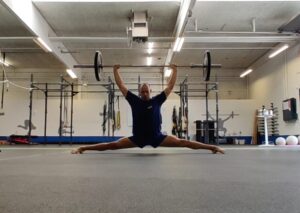
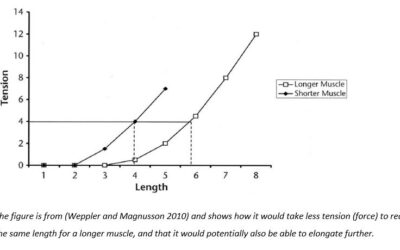
0 kommentarer